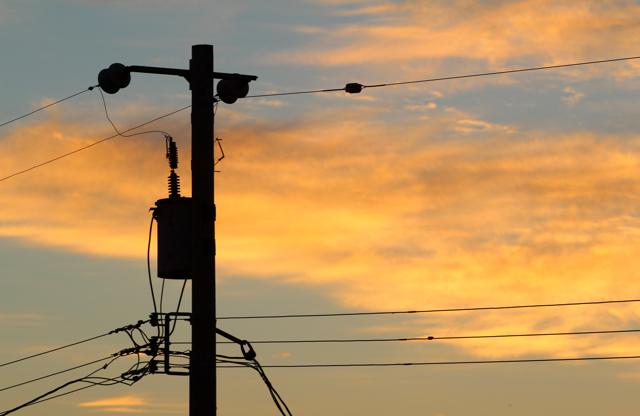
Now, though, a new standard for DSL that supports gigabit speeds has been approved by the International Telecommunication Union. Appropriately called G.fast (the G is for gigabit, of course), the standard piggybacks the continual rollout of fiber in new areas, but it’s not a full fiber solution. Copper is still the final carrier of data to customers.
Related: How Google is bringing fiber to the world
The standard can provide speeds of up to a gigabit over existing phone wires as long as a customer lives within 400 meters of a “distribution point.” The hardware which serves as such is small enough to fit on a telephone pole, so upgrading existing infrastructure should be simple once fiber roles out.
G.fast is most appealing in urban areas. Wiring these locales for fiber can prove difficult because customers are so densely packed and installation of fiber must weave its way across a maze of existing infrastructure for water, power and telephone services. With G.fast a provider only needs to install a limited fiber backbone, which drastically cuts costs. And, as with existing DSL, customers can setup service without the help of a technician.
The ITU expects G.fast will see its first rollout by the end of 2015. Where it will be is not known as of yet, but any large, dense urban area with an existing network of copper wires is a candidate. And gigabit speeds may be just the beginning. Alcatel-Lucent is working on a version called XG.FAST that could hit up to 10Gbps, though only within 30 meters of a distribution point.
Image courtesy of Sean Lema / Shutterstock


